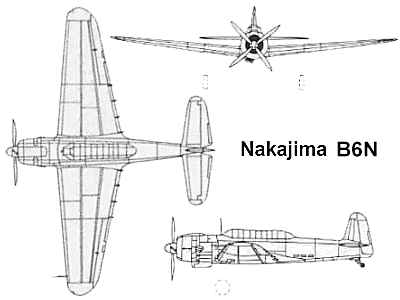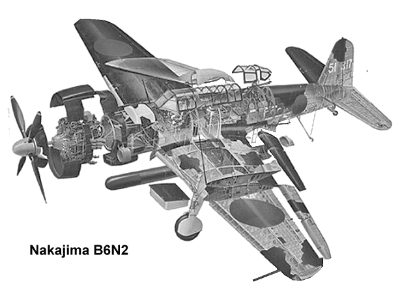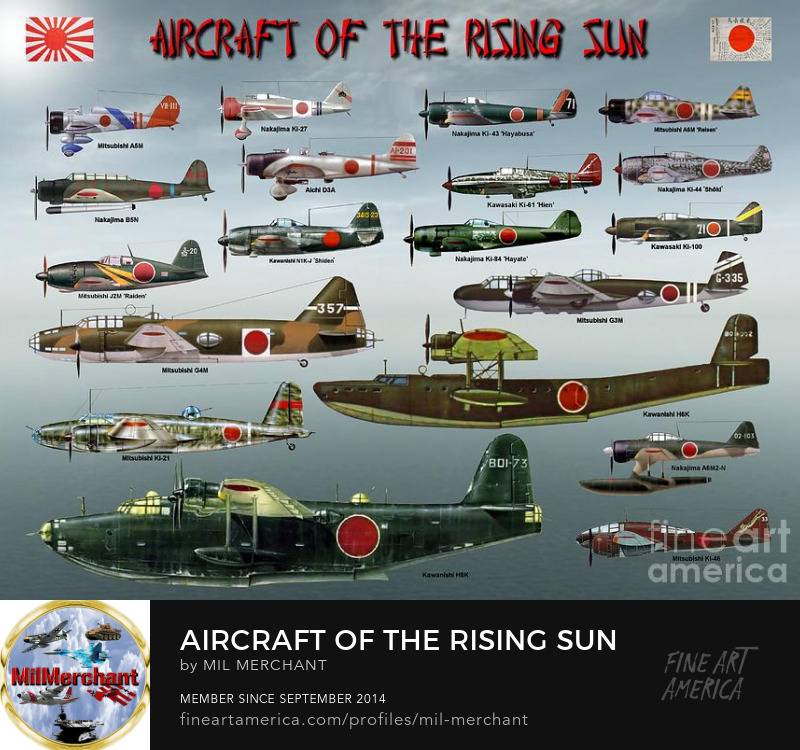The Nakajima B6N 'Tenzan' (Japanese: 'Tenzan' (eng:"Heavenly Mountain"), Allied reporting name: "Jill") was the Imperial Japanese Naval Air Service standard carrier-borne torpedo bomber during the final years of World War II and the successor to the B5N torpedo bomber. Due to its protracted development and most of the Navy's experienced combat pilots being killed, as well as the United States Navy's achievement of air superiority by the time of its introduction, the B6N potential was never realised.
Development
The B5N carrier torpedo-bomber's weaknesses had shown themselves early in the Second Sino-Japanese War and, as well as updating that aircraft, the Imperial Japanese Navy began seeking a faster longer-ranged replacement. In December 1939 it issued a specification to Nakajima for a Navy Experimental 14-Shi Carrier Attack Aircraft capable of carrying the same external weapons load as the B5N. The new plane was to carry a crew of three (pilot, navigator/bombardier and radio operator/gunner) and be of low wing, cantilevered, all-metal construction (though control surfaces were fabric-covered). Further requirements included a top speed of 250 knots (460 km/h; 290 mph), a cruising speed of 200 knots (370 km/h; 230 mph) and a range of 1,000 nmi (1,900 km; 1,200 mi) with an 800 kg (1,800 lb) bomb load or 2,072 nmi (3,837 km; 2,384 mi) without external armament. The prototype B6N1 made its maiden flight on 14 March 1941. Following continued testing, however, several problems became evident. In particular, the aircraft exhibited an alarming tendency to roll while in flight, the cause of which was traced to the extreme torque developed by the four-bladed propeller. To compensate, the aircraft's tail fin was thinned down and moved 2 degrees ten minutes to port. This modification greatly improved the plane's handling characteristics.
Back to Top
After only 133 B6N1s had been produced by July 1943, the Japanese Ministry of Munitions ordered Nakajima to halt manufacture of the Mamori 11 engine in order that the Navy reduce the number of different engines then in use. Pending availability of the 18-cylinder Nakajima Homare engine, Nakajima was asked to substitute the 1,850 hp (1,380 kW) Mitsubishi MK4T Kasei 25 engine on the B6N1 airframe, the very engine the Navy had originally requested them to use. As the Mamori 11 and Kasei 25 were similar in size, installation was relatively straightforward, requiring only that the nose be extended to maintain the aircraft's center of gravity and minor alterations to the oil cooler and air intakes on the engine cowling. A smaller 3.4 m (11 ft) diameter four-bladed propeller and shorter spinner were also installed at this time, resulting in a small weight-savings, and the retractable tailwheel was fixed permanently in the down position. Finally, the single exhaust stacks on either side of the engine cowling were replaced with multiple smaller stubs to reduce glare at night and to supply a minor amount of forward thrust. The resulting modification was designated Navy Carrier Attack Aircraft Tenzan Model 12 or B6N2. Starting in the autumn of 1943, one of every three B6N2s manufactured was equipped with 3-Shiki Type 3 air-to-surface radar for detecting enemy ships. Yagi antennas were installed along the wing leading edges and also protruded from the sides of the rear fuselage.
Back to Top
Into Service
The B6N Tenzan began reaching front-line units in August 1943 but only in small numbers. The intent was to gradually replace all of the older B5N Kate torpedo planes then operating aboard the carriers of the Third Fleet at Truk Atoll in the Caroline Islands. With a forthcoming invasion by the Allies, a likely invasion at Bougainville, the IJN initiated Operation Ro. This involved reinforcing land-based air units at Rabaul with 173 carrier aircraft from First Carrier Division (Zuikaku, Shokaku and Zuiho), including forty B6Ns. These aircraft were flown from Truk to Rabaul between 28 October and 1 November. On 5 November fourteen B6N1s, escorted by four Zero fighters, were sent to attack American shipping anchored off Bougainville and with wild claims by inexperienced Japanese pilots of many warships sunk including 2 carriers, no hits of any ships were recorded. 4 B6N's failed to return. Additional attacks mounted on 8 November and 11 November and suffered heavy losses in return. Only 52 of the original 173 planes from First Carrier Division made it back to Truk on 13 November, among them just six B6N1 Tenzan's out of the forty initially committed.
On 19 June 1944, the B6N made its carrier-borne combat debut at The Battle of the Philippine Sea, which was the final collapse of the Japanese Naval Air Arm. By this time of the war it was no match for the hordes of F6F 'Hellcat's, along with radar directed AA. With such destruction of these newly reformed IJN Air groups, the battle was refered to as 'The Great Marianas Turkey Shoot'. Some 400 IJN aircraft were lost in the battle with the last of the experienced and newly trained pilots of the Japanese Naval Air Arm.
Back to Top
Final Days
Due to the loss of carrier pilots, along with the loss of the large carriers, the vast majority of B6N2 operations therefore took place from land bases and failed to achieve any major successes. The planes were extensively used in the Battle of Okinawa where they were also used for kamikaze missions for the first time. By war's end in August 1945, Nakajima had completed a total of 1,268 B6Ns (almost all of them B6N2s) at its plants in Okawa in the Gumma district and at Aichi in the Handa district. Production never exceeded more than 90 planes per month.
Back to Top
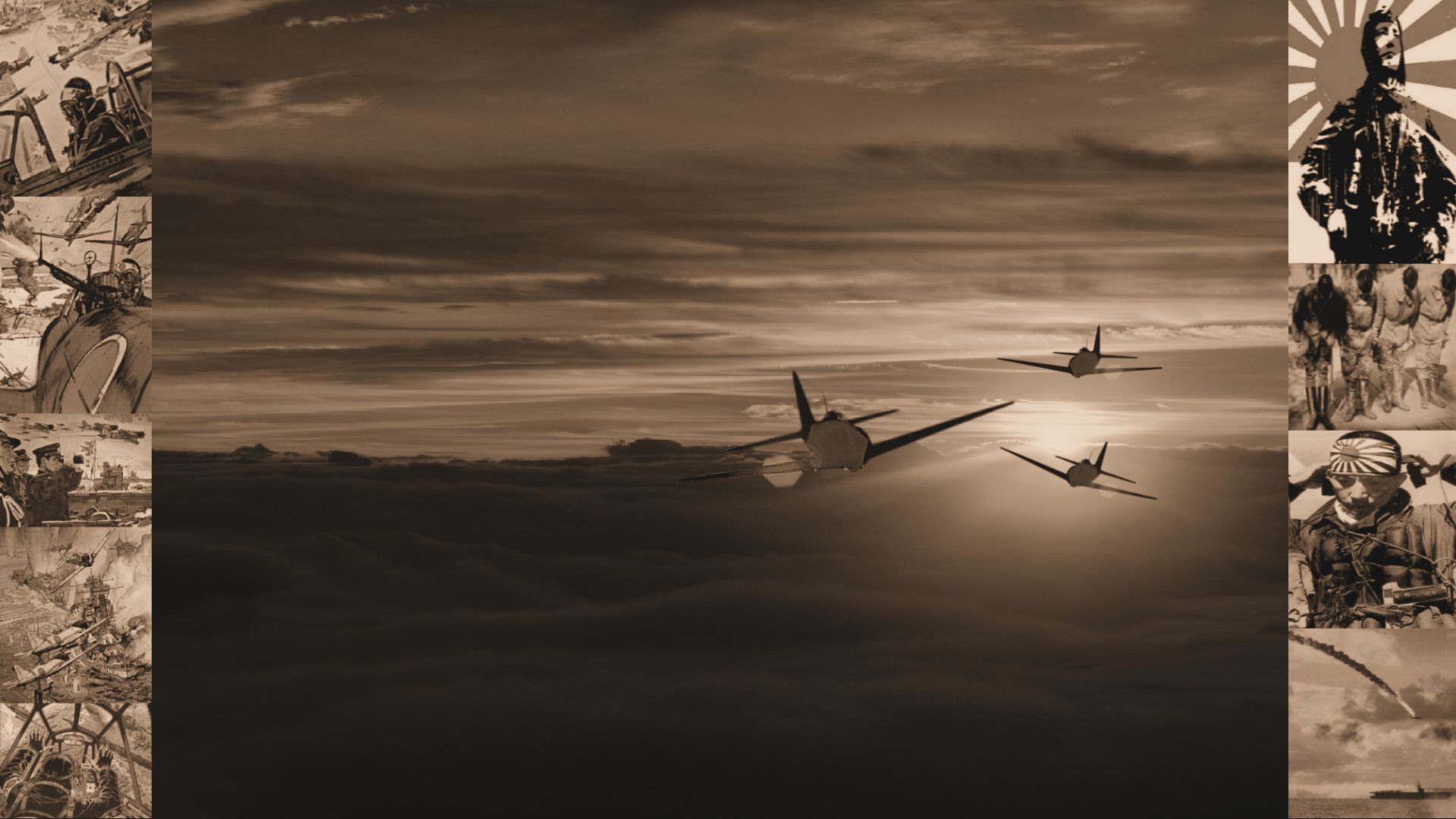


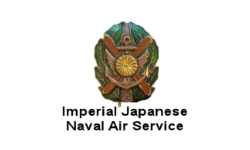
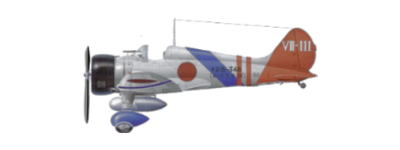 A5M
A5M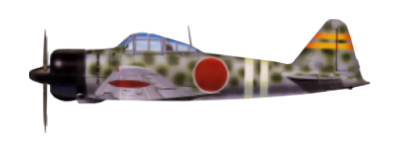 A6M Rei-sen
A6M Rei-sen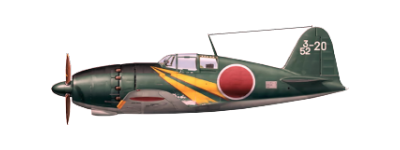 J2M Raiden
J2M Raiden N1K Shiden
N1K Shiden D3A
D3A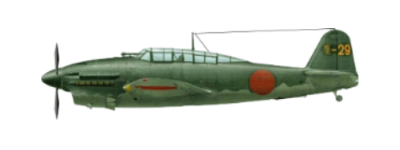 D4Y Suisei
D4Y Suisei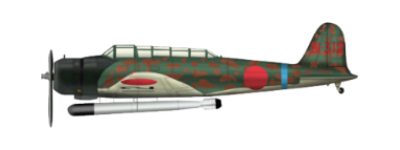 B5N
B5N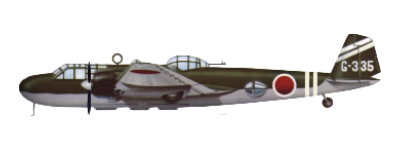 G3M
G3M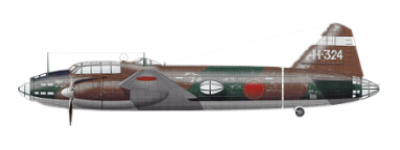 G4M
G4M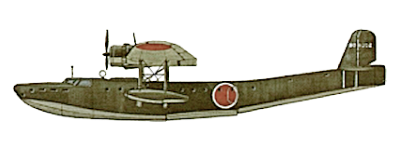 H6K
H6K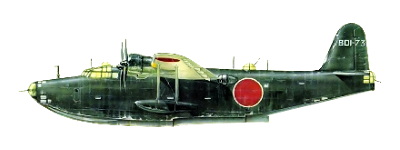 H8K
H8K
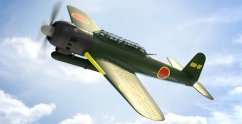

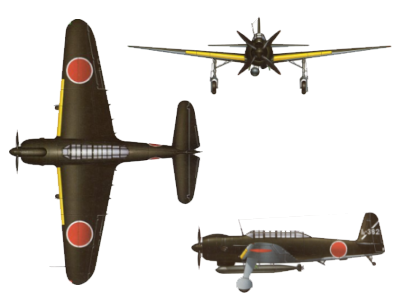
 Nakajima B6N 'Tenzan'
Nakajima B6N 'Tenzan'